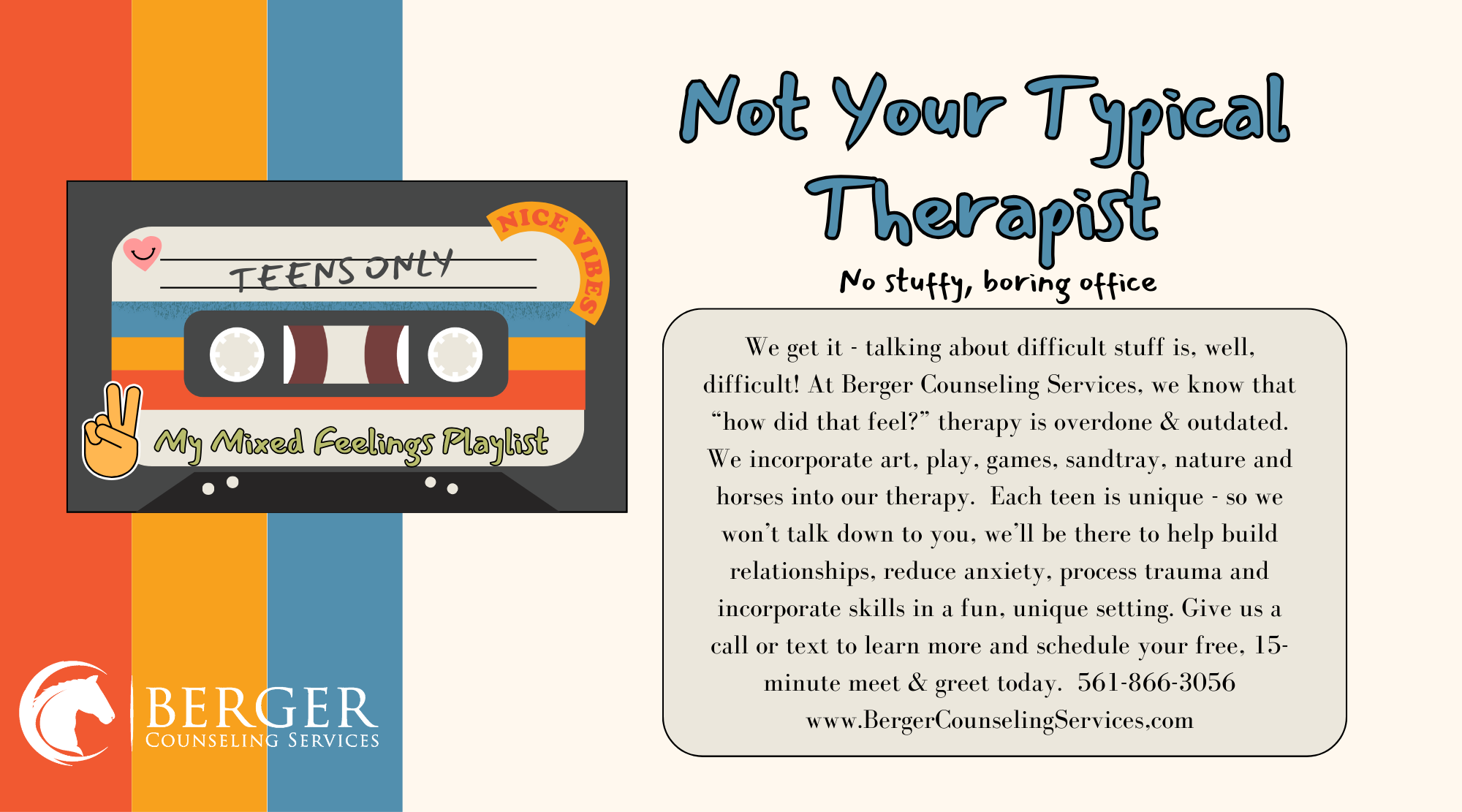Increasing number of teens use social media as primary source of news
Many teens use social media on a daily basis, consequently getting the majority of their news from them. However, while social media increases the visibility of news, it is also common for it to be drenched in misinformation, which may actively influence or skew teens’ opinions on what they are viewing.
April 20, 2023
With her eyes fixated on the screen, finger swiping from one TikTok video to the next, an endless cycle of scrolling has been initiated. First, a video of a beauty influencer reviewing the skin care products she was sent, then a college student detailing what they ate in a day; after that, a vlog providing viewers a glimpse into the life of a content creator. However, with another scroll, there is a video reporting the latest news. Sharing news–once exclusively the role of newspapers, stations and professional journalists–is now also that of social media platforms.
Current teenagers, part of the digital first-generation, were born in a time with easy access to social media. Many were practically raised on it as a result. Therefore, in comparison to older generations, teens are much more dependent on social media, whether that be for receiving advice, venting or getting the news.
In a 2019 survey conducted by Common Sense and SurveyMonkey, it was revealed that 54% of teenagers get news from social media platforms at least a few times a week. Additionally, in an 2022 Ofcom report, it was determined that the number of people viewing news content on TikTok increased from 800,000 in 2020 to 3.9 million in 2022, with Instagram proving to be the most popular news source among youth in 2022. This means that social media has assimilated into teenage life as not just a source of entertainment but a source of news as well. Social media has become what newspapers once were–a resource that allows people, including the student body of Marjory Stoneman Douglas High School, to stay informed.
“I usually get news from social media pretty often,” junior Lily Fang said. “Whether it’s scrolling through Twitter and seeing news pop up on the trending tab or seeing news on my friends’ stories, I’ll always be seeing something about what’s happening in the world today.”
Such dependence upon social media for news concerns many when it comes to the spread of misinformation. According to Statista, 67% of United States adults claim to have, at least once, come across false information on social media. However, it is not just the older generations that are skeptical of the news found on social media platforms. The teens consuming the news are almost equally as wary of its reliability. Further proving this point, in the Ofcom report, only 30% of teens reported actually trusting the news they viewed on TikTok.
Among the MSD students interviewed, it was expressed by all that misinformation was a prevalent problem on social media platforms. However, the fact remains that all still used social media as a news source, a finding consistent with that of the Ofcom report.
“I think there’s a lot of misinformation spread on social media,” Fang said. “It’s kind of like a game of telephone; it’s easy to hear one story from one person but a different story from someone else, especially when it comes to posts or messages. People also view things differently, so their stories may be warped from the original, whether on purpose or not.”
Furthermore, many teens point to content creators as being at fault for spreading misinformation. They feel that influencers may unintentionally allow their perception of an event to seep into their reporting of it. Some teens even believe that influencers may do so deliberately, with the intent of affecting others’ judgments.
“A lot of the time content creators hear the news from somewhere else and can develop their own biases that they then spread on the internet,” junior Taylor Strauss said.
After all, influencers do possess what their name implies–influence, one of several reasons why the spreading of misinformation is as prevalent a problem as it is. Another one of the responsibilities of news sources is to report without bias so that viewers can develop their own opinions on the matter in the absence of external influence.
Yet, if an influencer imparts a personal bias on the news they are sharing, they have the ability to impact their viewers’ perceptions in a negative manner, one in which viewers adopt the creator’s opinions instead of forming their own.
“Teens’ perceptions of the news can be influenced negatively through the spreading of misinformation,” freshman Tabitha Memoli said. “I find it common that content creators will try to catch younger audiences’ attention to change their mindset in a negative way.”
Despite this general distrust of influencers among teens, many find that their trust levels still vary depending on how much they like the creator. In fact, most of those interviewed agreed that when they thought well of a content creator, they were much more trusting of the news that he or she shared.
“When I see pieces of news from content creators I like, I usually tend to trust it,” Memoli said. “I trust the information because it’s from a source I tend to enjoy and the information they’re sharing, as a result, seems much more believable than if someone I had never heard of or someone I was impartial to or disliked shared it.”
The agreement over the fact that getting news from social media can negatively impact teens, however, is not something that those interviewed believe to be the case for them. In fact, they felt quite the contrary; they believe that social media allows them to view a wide range of perspectives that grant them a greater understanding of the news and in turn, a greater understanding of how they feel about the news.
“My perception of the news has been mainly positively influenced as a result of social media,” sophomore Mikayla Ryan said. “Through it, I get to see so many people’s opinions about an event and while I certainly do not trust or believe all of them, it usually helps me to uncover my own opinion on it. Just seeing how other people are interpreting something and how different people are seeing it in different ways makes me better able to understand it and its depth, as news can have so many sides.”
So, in spite of the potential downfalls that come with using social media as a news outlet, many teens find that the positives outweigh the negatives. Additionally, there are ways to combat the spread of misinformation on social media platforms, opposed to eliminating or discrediting them as a news source altogether. For one, teens can receive an education on how to better discern how reliable the news they are consuming is. Regardless, it is evident that social media has played a valuable role in keeping younger generations informed and at least for the foreseeable future, it will only continue to do so.










